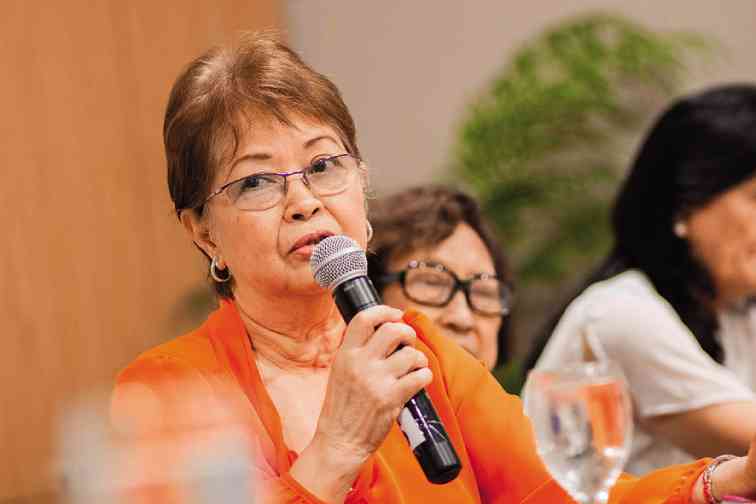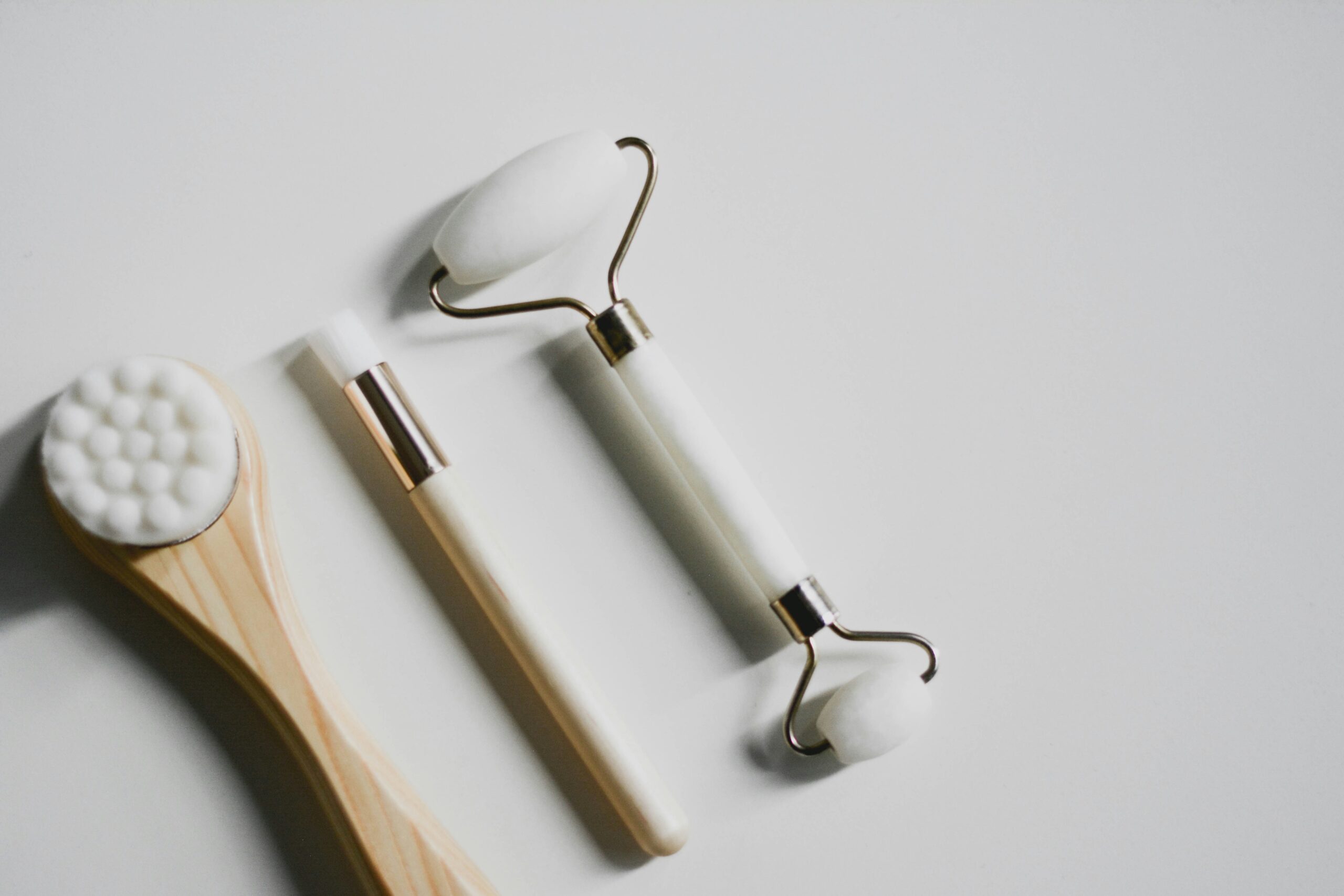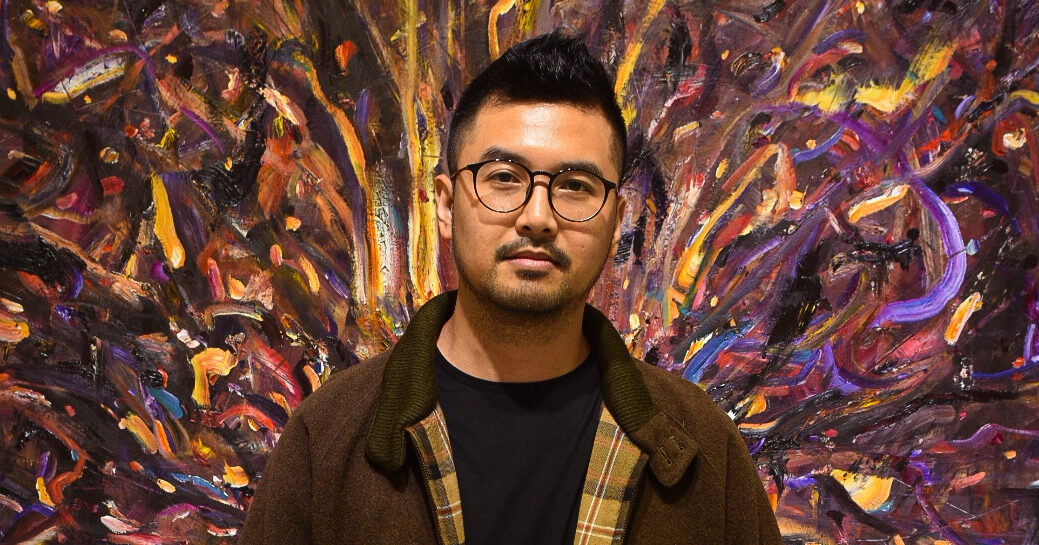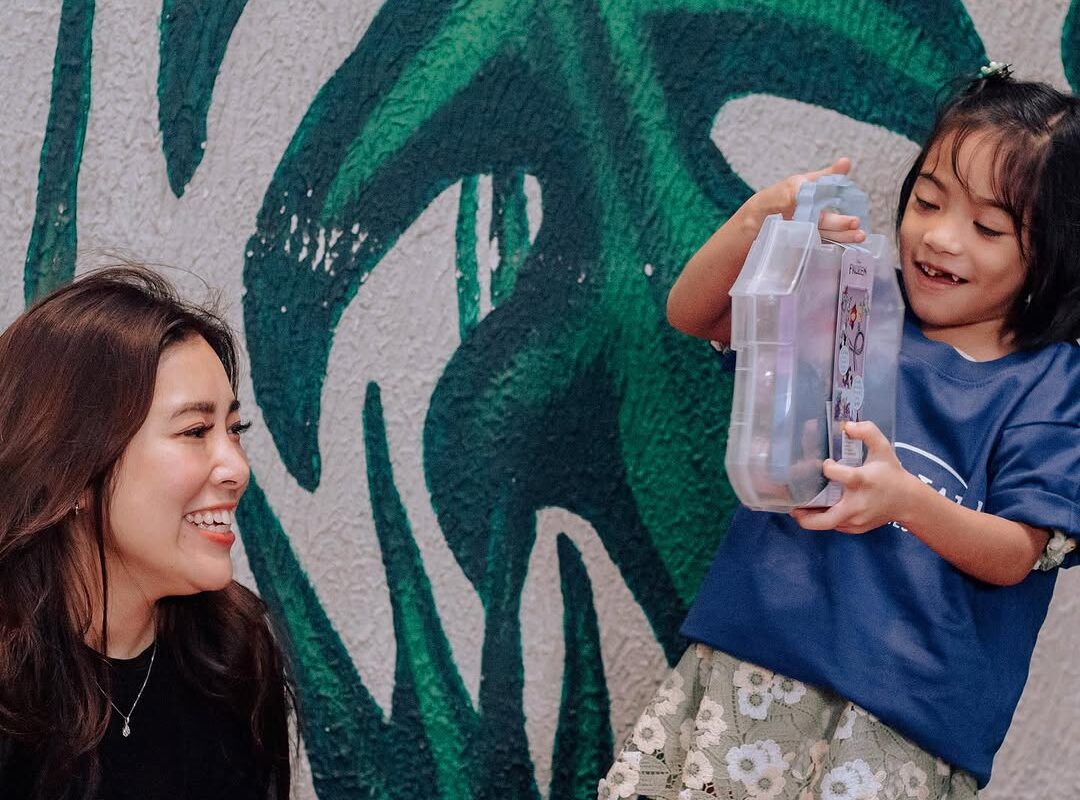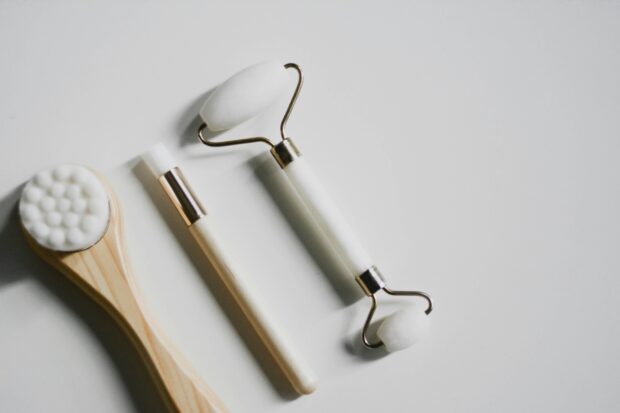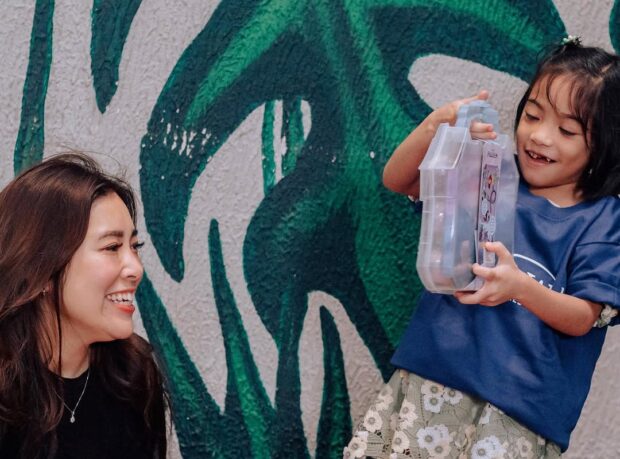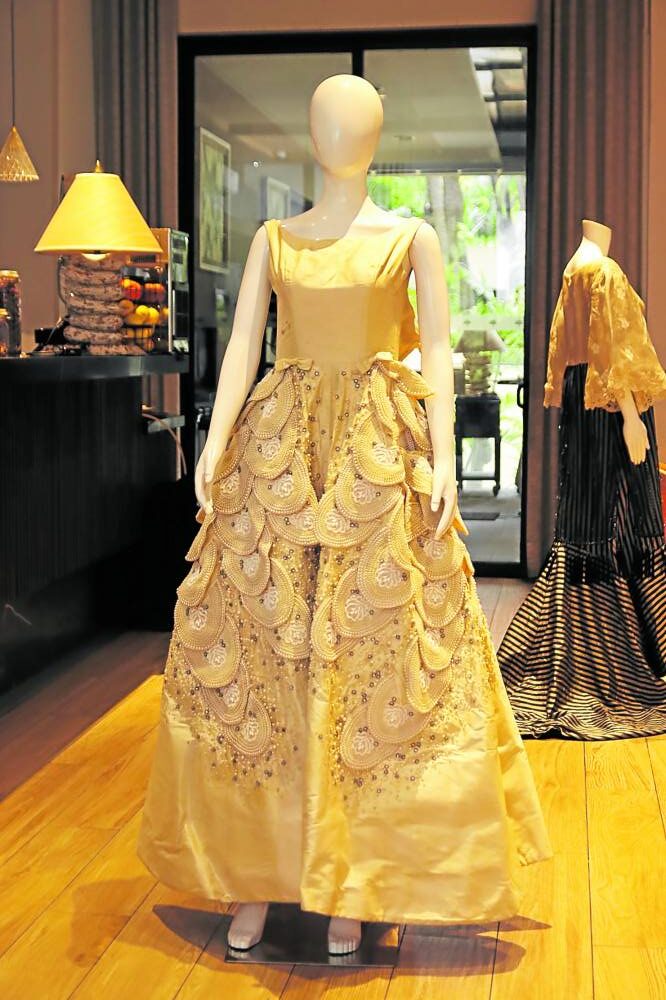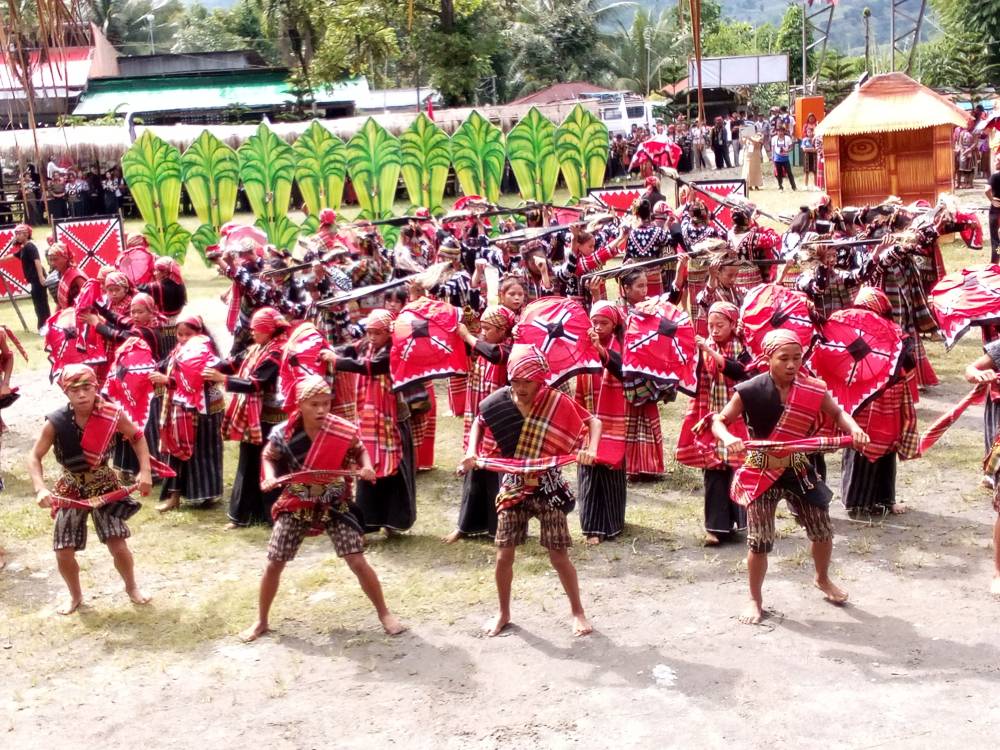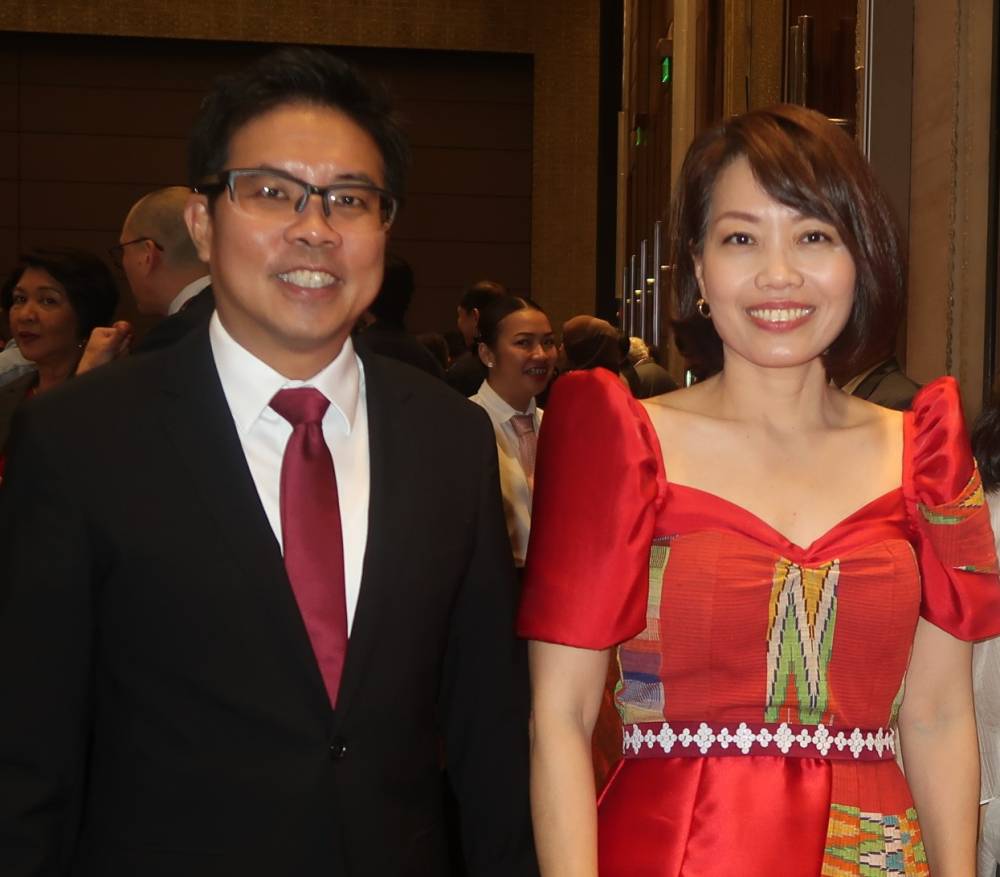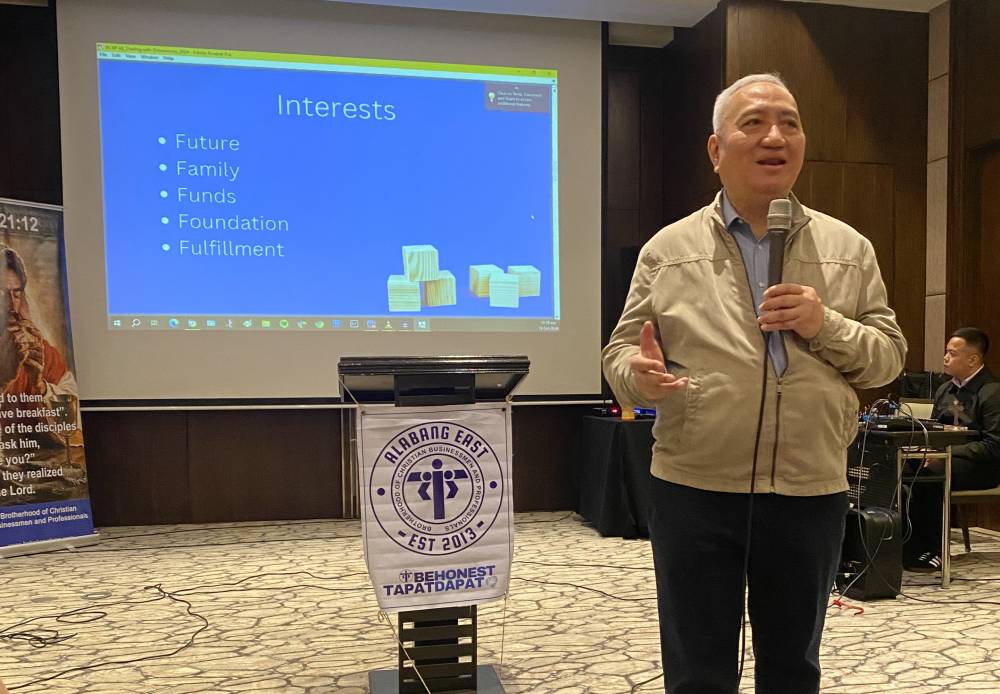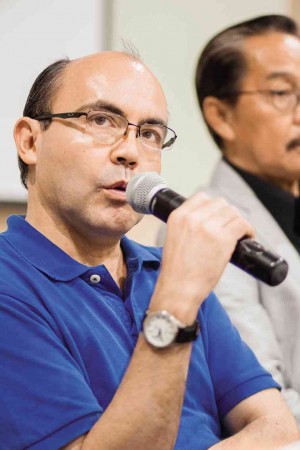
Fake art will continue to thrive in the Philippines for as long as there are fakers and there are takers.
This is the warning given by relatives of National Artists and other masters of Philippine art during the 2013 ManilArt fair last Oct. 10-13.
“Even if you say they’re fake, these art dealers are relentless!” said Bettina Olmedo, widow of painter Onib Olmedo, who has been nominated for National Artist.
She blamed the peddlers of fake art and the buyers as well.
“Fakes will not prosper if they are not bought,” she said.
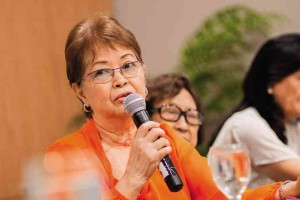
But putting key works and memorabilia of the masters in the safekeeping of the National Museum wouldn’t exactly be that safe, either.
Sylvia Amorsolo-Lazo claimed that the National Museum had lost the personal painting materials and other memorabilia National Artist Fernando Amorsolo. They were bequeathed to the government by his heirs.
Lazo, daughter of Amorsolo, and Olmedo spoke in a forum on art theft and forgery last Oct. 12, set up by organizers of the annual ManilArt fair.
They were joined by relatives of other art masters: Josie Joya-Baldovino, sister of National Artist José Joya; Christian Aguilar, son of National Artist-elect Federico Aguilar Alcuaz; and Patricia Olazo, wife of painter Romulo Olazo.
The panel discussion, “Preserving Artistic Legacy: A Shared Responsibility toward a Common Patrimony,” presented the panelists’ experiences and insights on safeguarding Philippine art against forgery, theft and authentication scams.
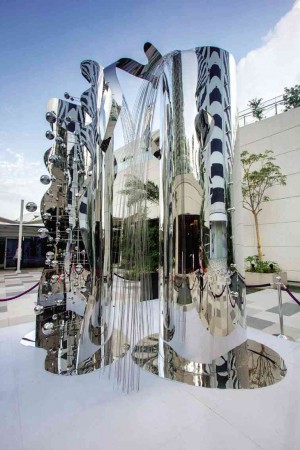
Although observers say the number of cases of art forgeries and thefts has risen alarmingly, they have been largely kept from the media.
The panel discussion, moderated by art critic Cid Reyes, gave gallery owners, art collectors and enthusiasts, and media, insights on how the proper documentation of artists’ works will protect buyers, dealers and artists from producers of bogus art and phony certificates of authentication.
Lack of documentation
“Fakes—they just happen. They happen almost everywhere,” said Aguilar.
But Aguilar said the chief problem lay in the lack of proper documentation of works. This, he explained, is being exploited by unscrupulous persons.
“The way the market works in the Philippines is a little bit strange, especially if you come from a different cultural background,” said Aguilar, who was based in Germany, with his mother, for many years before coming home to look after his father. Toward the end, Alcuaz suffered from Alzheimer’s disease.
Aguilar said he came home to protect his father’s legacy against forgeries passed off as “Federico Aguilar Alcuaz[es].”
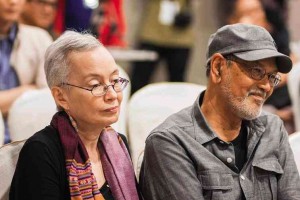
Aguilar said he now employed a stringent authentication process and reserved the right to deny or approve certificates of authentication.
But he said that laws in the Philippines didn’t allow him to be as vigilant as he would want.
“A piece of paper with signatures, or a photo with a painting and a person next to it, legally means nothing,” Aguilar said.
Joya-Baldovino said the war against art fakes should be fought cunningly.
She even gave a tip to those who authenticated artworks—never give away the defects of a fake piece because one can never be too careful of forgers hungry for improvement in their so-called craft.
Patricia Olazo said that an efficient, up-to-date artist’s database was key to keeping track of original works.

Olazo also advised that while the artist was immersed in the creative process, someone else should deal with proper documentation to ensure solid authentication.
The wife of Olazo proves what many have thought all along: Behind a successful artist is a dutiful and caring spouse.
Amorsolo imitators
Sylvia Amorsolo-Lazo, one of the 20 children of the National Artist, is no stranger to art forgery and theft, having stood as custodian and authenticator of her father’s works for many years now.
“There are times people show me a painting and it is a fake, and they get mad at me,” she said. “They’ll say it has the authentication of somebody, or of a museum, and I tell them, ‘Why do you have to show it to me if you don’t believe me?’”
She recalled how people, who knew Fernando, kept imitating her father’s works, even as he calmly told them off.
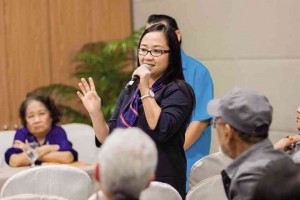
Sylvia even recalled her father’s anesthesiologist buying a forged work, only to find out that it came from one of his students.
“It’s so sad that Papa was just so kind and people often took advantage of his goodness,” Amorsolo-Lazo said.
Sylvia added that fake works brought to her and which she would mark as spurious would eventually resurface on the market.
To victims of art forgery, Lazo had only one message: “Don’t let others feel what you have felt because it won’t stop forgery.”
But Lazo also decried the theft within the Amorsolo clan. She said the works were left by the National Artist to his “three families.”
“The person whose painting was stolen was an Amorsolo, the one who stole it was an Amorsolo, and the witnesses were Amorsolos,” Lazo said. She also revealed her unhappiness over the loss by the National Museum of the handsome donation to the government of sketches and his father’s personal painting materials and memorabilia.
Although the sketches were recovered, all the mementos, which the family had collected and taken care of, had been lost by the time Sylvia asked the National Museum for an update on the donation.
“Director [Jeremy] Barnes even contacted me and was very apologetic,” said Lazo, who explained that this happened before Barnes’ term as National Museum head.
Sharing their insights were National Artist Benedicto Cabrera, sculptor Ramon Orlina, Duemila Gallery owner Silvana Ancelloti-Diaz, and art conservator Lyn Yusi-Olazo.
Film on forgery
Buttressing the theme of the panel discussion was a screening of Mike Alcazaren’s indie movie “Puti,” featuring Ian Veneracion, Jasmine Curtis-Smith, Lauren Young and child star Bryan Pagala.
When asked about the role of his protagonist, Alcazaren said: “Ironically, he forges in color, but the truth is set in black-and-white.”
A homage to ’70s thriller “Itim” by Mike de Leon, the Cine Filipino Film Festival entry depicts a man’s journey toward self-discovery as an artist and as a father, as he comes to grips with his illegal trade as an art forger.
Veneracion, son of abstractionist Roy Veneracion, said the script “was nonconventional, nontraditional.”
“I’ve been in the movie industry for 23 years and it’s the first time I came across a script that I feel is close to me,” Veneracion said. “My father’s a painter—that’s his life. I can identify with the character of Amir. In a way, I feel that I’ve been doing forgeries my whole life—you know, doing stuff that I really don’t like doing, but I just have to because it puts money on the table.”
Among the activities in the art fair were the walking tours and various exhibits at SMX Aura Premier featuring the works of Titat Naval Ledesma and Impy Pilapil.

